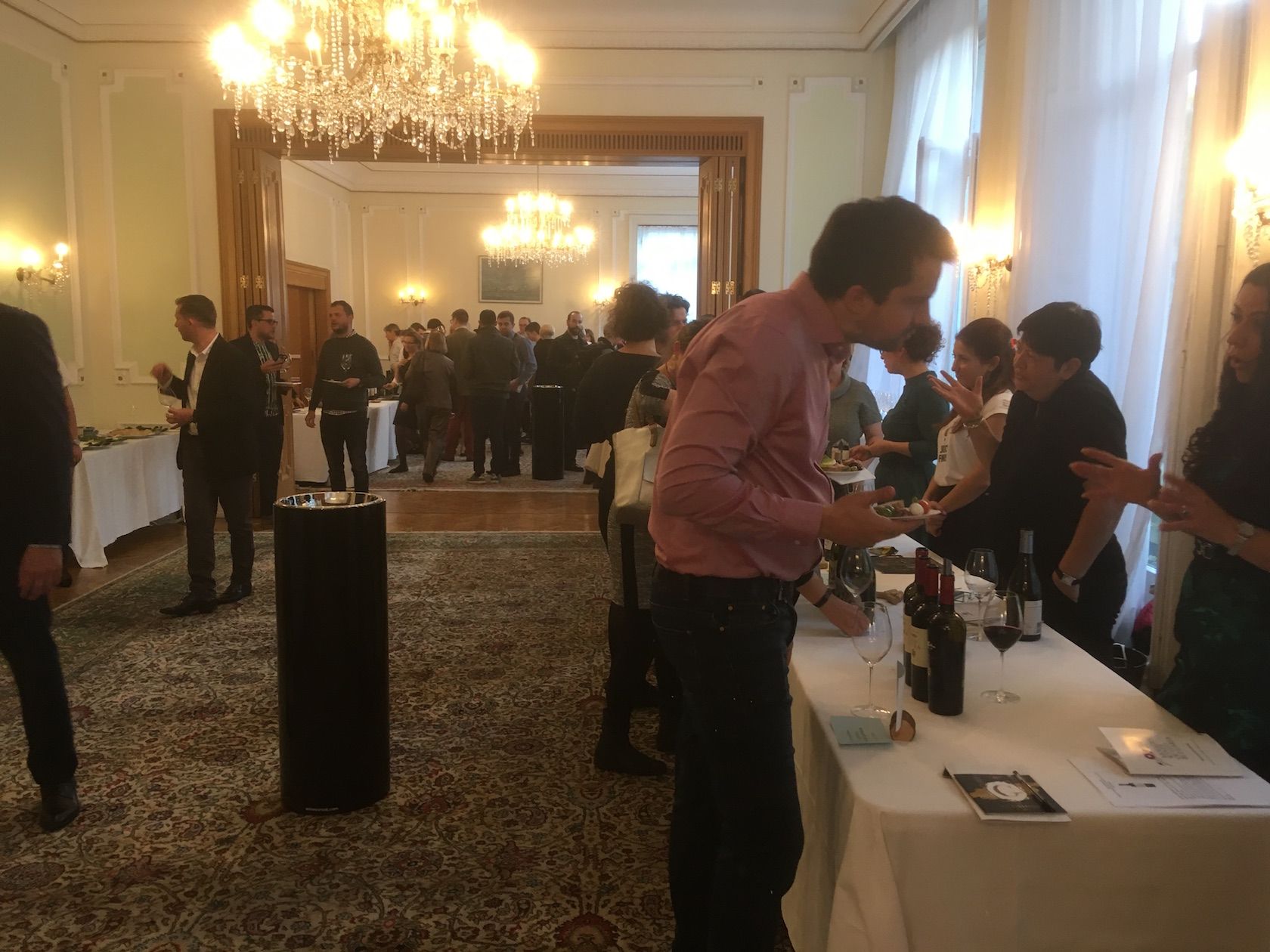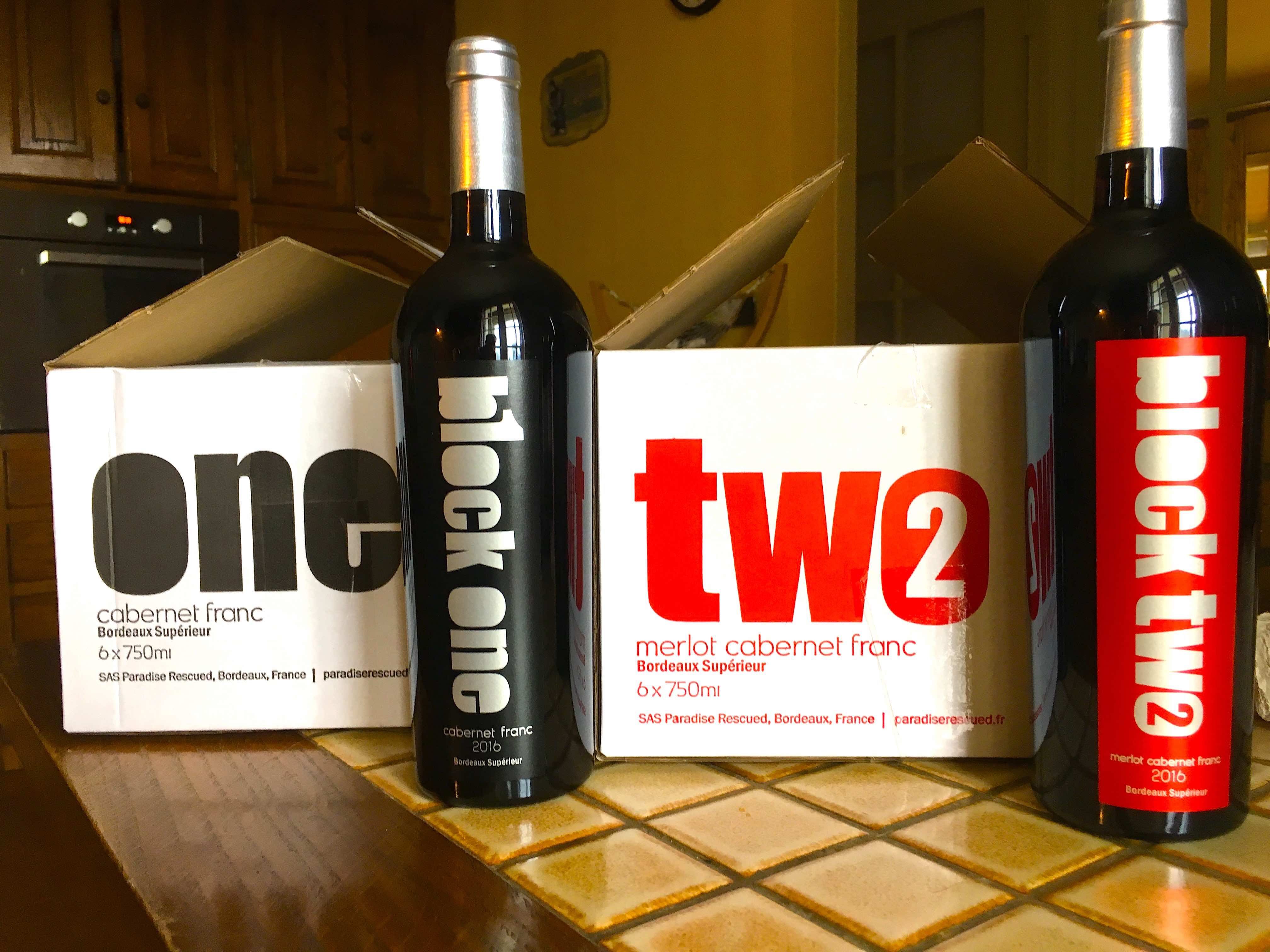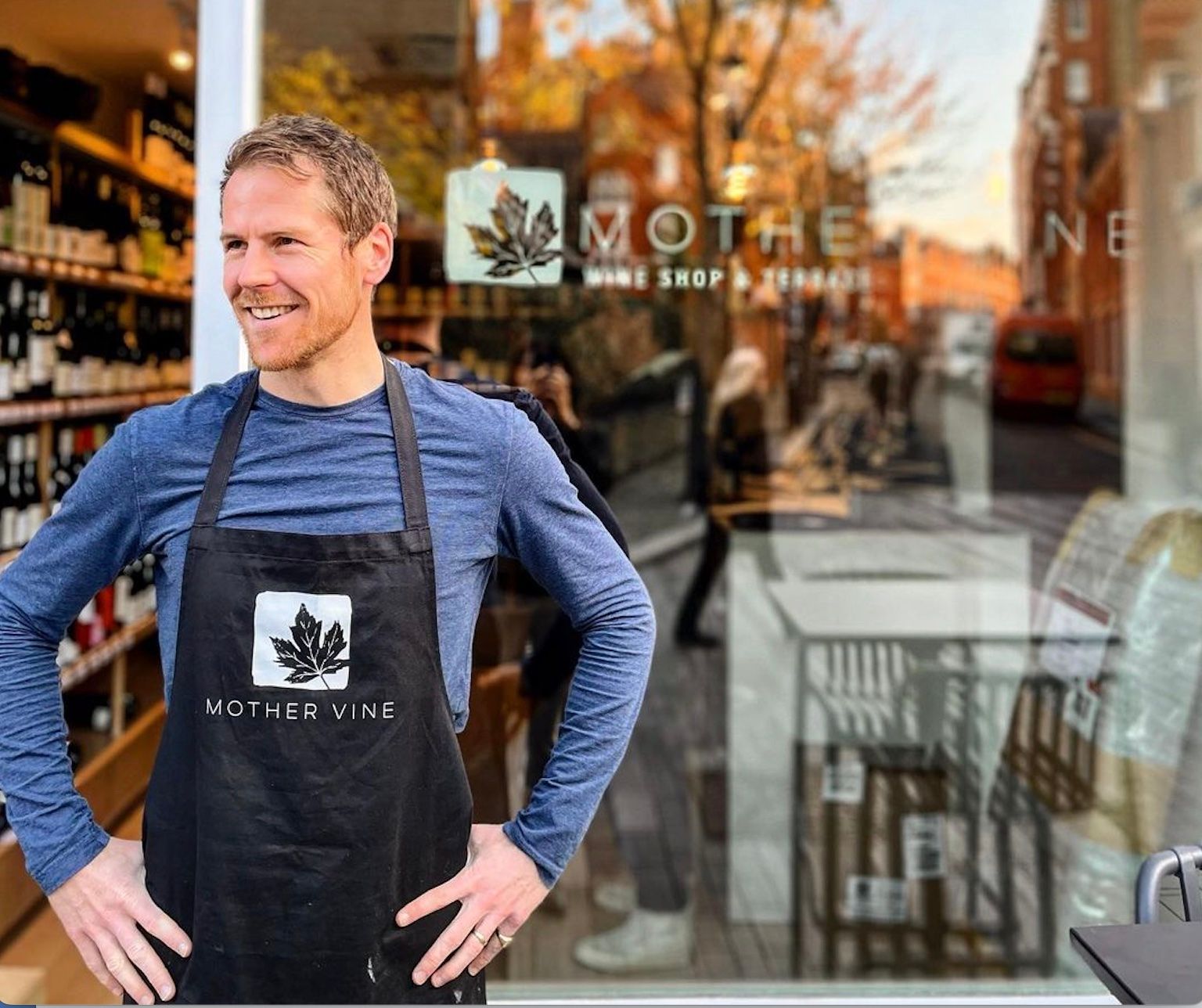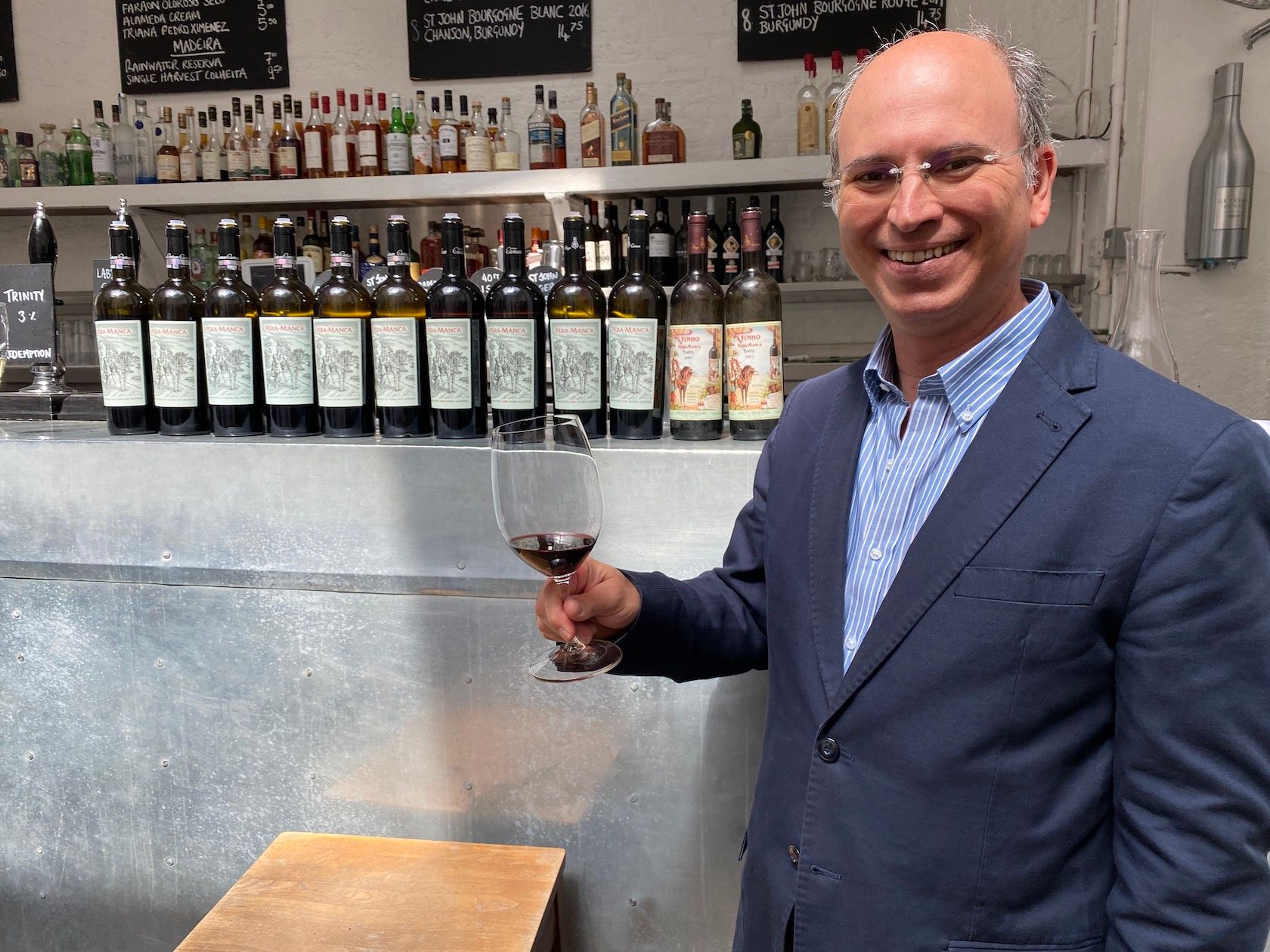Despite his disappointment, Keay still manages to recommend his ‘Magnificent Seven’ new wines from Bulgaria that you should have on your radar.
Last year’s Bulgaria wine tasting at the Bulgarian Embassy in South Kensington was one of the most interesting of 2018, with producers showing genuine flair and leaving me with the sense that this was an industry very much on the up. Indigenous varieties? Tick. Interesting crossings and varieties that don’t exist elsewhere? Tick… Bulgaria was into hybrids big time in the 1940, 1950s and 1960s with Rubin and Early Melnik (Melnik 55) two of the most prominent varieties today. Low yields from quality conscious producers? Tick. Pet Nat? Amphorae? Tick, tick.
This year’s tasting was… different. Not in a good way.
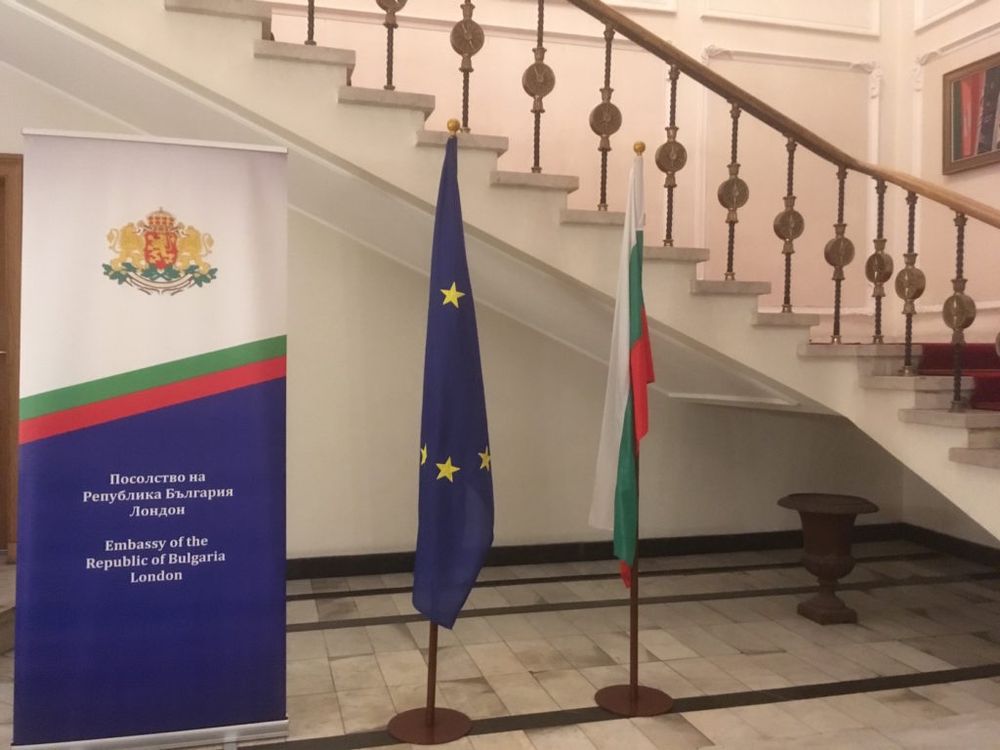
Many of last year’s stars – Borovitsa, Logodaj and Ivo Varbanov – were sadly nowhere in sight and those good producers who did make it, including Rumelia, Tsarev Brod, Alexandra Estate and Villa Melnik, seemed outnumbered by average producers whose main focus was price… and dull, conventional winemaking. The overwhelming majority of wines on show here were, according to the booklet, priced at under £10 ex VAT retail.
“That end of the room seems to be, well, the commercial end,” said one fellow visitor, pointing at the garish labels and the profusion of inexpensive wines made from conventional French varieties like Merlot (the most planted variety in Bulgaria), Cabernet Sauvignon and Chardonnay.
Not that there’s anything wrong with these varieties – far from it – but is an average/OK tasting Bulgarian Merlot or Sauvignon Blanc going to get your pulse racing? Probably not, but herein lies the core problem for Bulgaria’s efforts to re-establish itself as a core player in the British market. One producer admitted it was hard to sell wines with a higher ex-cellar price than €1.5-2.00 because when it hit the shelves in the UK and all the various mark ups have been made, the magic £7.99 level will have been breached. And that, sadly, is the maximum retail price that a bottle of Bulgarian wine will fetch (and indeed, precisely the price Waitrose is charging for its Zagreus Bulgarian Shiraz and Majestic for its Stone Arka Merlot).
David Wright, sales and marketing director for Delibo Wine Agencies, says price and variety are a problem when it comes to Bulgaria. He brings in wines from Chateau Burgozone, a quality, boutique producer on the Danube Plain which he prices at £12. The wines are good but he admits that is the very most he can charge because of Bulgaria’s low profile, and he felt unable to bring in the producer’s moreish white Tamyanka 2018, one of the country’s lesser known varieties, known outside Bulgaria as Muscat Blanc a Petit Grains.
“How do I sell it? How do I persuade someone to spend £12 on a variety no-one has heard of from a country people under a certain age do not associate with wine?”
Caroline Gilby MW, who presented a masterclass giving roughly equal weight to local varieties and international ones, reckons both have a role to play in the country’s offer.
“International varieties are popular domestically – young people want to drink different wines from their parents – and they illustrate the country has moved forward in qualitative terms. Indigenous varieties are, of course, key to getting Bulgaria known outside the country. Yet the old question then arises of how to sell a grape no-one’s heard of from a country no-one associates with wine,” she says, echoing Wright.
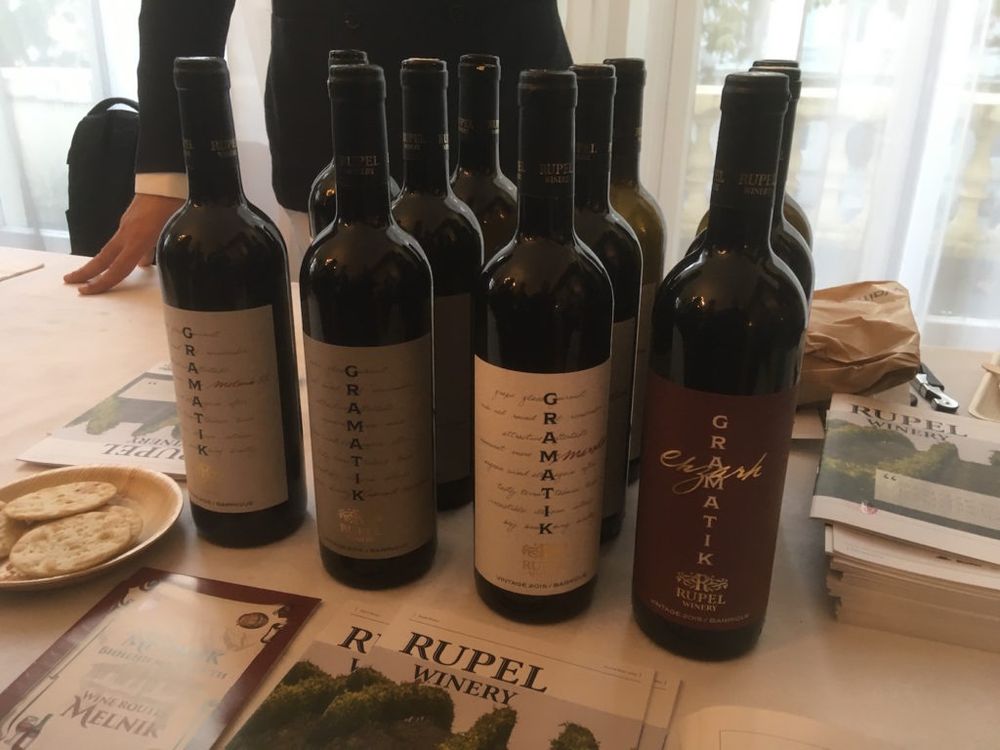
Vanelin Bankov, a Sofia-based wine sales consultant manning the Rupel Winery stand – an interesting range including the well priced Gramatik Melnik 55 Barrique 2015 and the Gramatik Marselan Barrique 2015 – admits there is a problem.
“Although we’ve been making wine for centuries no-one seems to know us for it. OK, we have 300 wineries here but making wine is just not profitable: you have to be rich to do it properly,” he says.
Bankov reckons it will take 10 years at least for the country’s indigenous varieties to make an impact, and that’s assuming key producers get concertedly behind the effort. The focus should be on Mavrud and Early Broadleafed Melnik (with Gamza maybe playing a role) and amongst whites, either Dimyat or Misket.
One organisation that has made the effort with all three of those varieties this year is the Wine Society, although the wines it sells – the Young and Wild Broadleaf Melnik and the Loud and Proud Mavrid, both from Villa Melnik and a unusual Dimyat variety orange wine from Via Vinera – are all under £10 a bottle. These are good wines for the money – especially the Villa Melnik ones, which have good varietal character. Yet the ever-adventurous Wine Society hasn’t been able to find more interesting, higher end wines.

“One of the issues with Bulgaria is inconsistency, combined with a somewhat internal focus or perhaps lack of knowledge of/ or exposure to/ or understanding of the global wine industry,” says Freddy Bulmer, wine buyer for central and east Europe at the Wine Society.
“I feel like Bulgaria’s idea of what they should be doing is quite different to what the UK market wants them to be doing. Producers are chasing success with international varieties (and not doing them very well) rather than focusing on what makes them unique, which would help them carve their own identity in the UK trade,” Bulmer continues.
Bulmer says Bulgaria today is a big contrast to Hungary, which has a larger number of wineries making quality wine, who understand the international market – and which the Wine Society has therefore been able to list.
“Bulgaria has a handful of wineries that put the emphasis onto local varieties but they are seemingly few and far between,” he argues.
So which were the best wines on show?
But despite the absence of last year’s star performers, I was still able to pull together a Magnificent Seven
Orbelia Melnik Rose 2018
A rounded, surprisingly full bodied pink wine, almost strawberry in colour. Decent.
Midalidare Estate Brut NV
This ten year old boutique producer is owned by a Russian-Kazakh billionaire and specialises in – yup – international varieties but this 100% sparkling chardonnay (the only sparkling wine at the event) is clean, spritzy and moreish.
Bononia Estate Gomotartzi Gamza 2018
Revived five years ago on the site of a former brewery, Bononia – located on the Danube Plain – also specialises in international varieties but makes this interesting, medium weight, fruity wine from the variety Hungarians (and others) call Kadarka.
Alexandra Estate, Vermintino 2018
Not a grape variety you normally associate with Bulgaria, this Vermintino is aged in acacia wood which gives it an amazing texture. Good fruit, well made.
Rumelia, Mavrud Reserve 2014
Given that it should be Bulgaria’s answer to Portugal’s Touriga Nacional or Greece’s Xinomavro, Mavrud had a pretty low profile at this tasting; at least Rumelia, a specialist in the variety based in the Thracian Valley, has a decent range. Its unoaked Merul Mavrud 2015 was decent as was the Merul Reserve, but my money would go on this full-bodied, fruit-driven example, perfect company for something meaty on a cold, pre-election night.
Zaara Estate Tamyanka 2018
This producer of decent, solid wines had the best Tamyanka in show, fruit driven and rounded, with good balance. Great as an aperitif or with food.
Via Verde Expressions Sandanski Misket 2018
There were quite a few decent wines made from the Misket variety but this single vineyard wine was my favourite, floral with intense tropical fruit aromas, very moreish, like a fruit-salad in a glass.
The downside is that these wines are either unavailable in the UK or only via an outfit called theoldcellar.com, a Wimbledon-based Bulgaria specialist importer. That this is so encapsulates Bulgaria’s problem – more mainstream importers simply haven’t taken on more Bulgarian listings, with honourable exceptions being the Wine Society or Swig, which imports international varieties from Miroglio.
